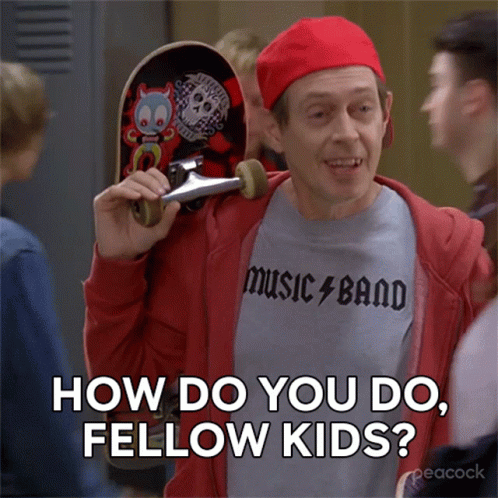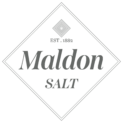Nothing sticks in an ecommerce retailer’s craw quite like a low-converting product page. Especially when the product in question is something that the retailer believes in and knows what the target audience wants. It looks as though you have everything you need for a great product page. The pictures look amazing, the title is accurate, and the price is seriously competitive. So, why isn’t your product page converting?
Could it be because it is written to be functional rather than compelling?
There are terabytes of content out there to help increase product page conversion rates, but most of these focus on matters of design and UX. Here, we’re going to look closely at the copy itself rather than UX elements like CTAs, forms or button labels (as important as these are).
When writing product page copy, it’s tempting to assume that you just need an accurate product description and a sprinkling of keywords to improve the page’s SEO. However, the content on your product page can also be an effective tool for getting prospects to convert as well as helping them find your product pages.
Let’s explore five reasons why your product pages may not achieve the conversion rates you want, and how to remedy the situation through your writing.

Let’s start with the obvious. Whether shoppers intend to buy your product online or from a physical store, they go to your product page to make a well-informed choice. Therefore, if they can’t find all the information they need to make an informed choice on your page, they’ll quickly navigate to someone else’s.
Make sure your product page copy contains all the information that shoppers need, as well as some persuasive extras to prevent them from clicking away. You should include:
The words on the page need to describe the product. But that’s not all they need to do. Your writing can, and should, inform, excite and subtly persuade the reader to provide them with the reassurance they want and therefore increase your chances of conversion.
While your page should avoid the hard sell, it should be richly descriptive in its use of language and considerate of the reader’s mindset.
Is your product:
A few carefully administered adjectives can make product descriptions much more compelling and relevant to the user.
Avoid generic superlatives like ‘great’, ‘fantastic’, ‘wonderful’ or ‘beautiful’. The more specific to both the product and the target audience’s parlance, the better.
You know your target audience inside out. But are you talking their language? Consumers may feel like your product is not relevant to them if you do not communicate in a language that resonates with them.
Take some time to re-engage with your buyers’ personas and think about what they want from the copy. Of course, they want an accurate and comprehensive description of the product. However, they may also want:
Consumers are more likely to act on product page copy that understands them, speaks to their needs and feels authentic.
Returning to the idea of authenticity, it’s easy for consumers to feel misled by product page copy that feels inauthentic. These pages are there to make your products as appealing as possible to consumers. Nonetheless, brands can fall into the trap of writing copy that actually alienates their audience.

For instance, if you target a 16–24-year-old audience and your copy is written and edited by a team of 45-year-olds, your attempts to assimilate their vocabulary may come across as inauthentic or ‘cringe’ (as we’re reliably informed the young folks say).
Likewise, another reason to avoid generic superlatives in product page copy is that it may lead to mismanaged buyer expectations. If a customer does not feel that the product matches the bold but ephemeral claims made by the copy, they are unlikely to trust your brand.
Nobody sets out to write intentionally misleading product page copy, but a whiff of the inauthentic can send consumers clicking away from your product page and in search of someone else’s.
It’s easy to see product page copy as something tedious, especially if you have a large inventory and a short space of time. Indeed, product page copy is the sort of thing that merchants increasingly hand over to AI platforms. However, this is not to say that ecommerce brands shouldn’t bring their unique sense of personality and even have a little fun with their product page copy.
Your copy should feel like an extension of your brand, and offer the same level of familiarity, reassurance and quality control that your brand implies. Otherwise, consumers may feel that they can get the same product elsewhere and cost you a conversion.
If you’re still frustrated by your conversion rates after tweaking your UX, A/B testing different CTAs and installing useful features like chatbots or exit intent pop-ups, it’s definitely worth taking a closer look at your product page copy.
The words in between the image and the CTA might just be the missing ingredient for a product page that converts.











